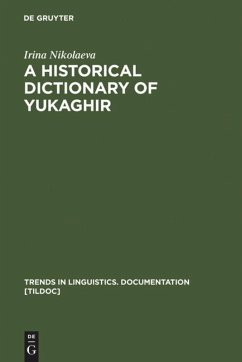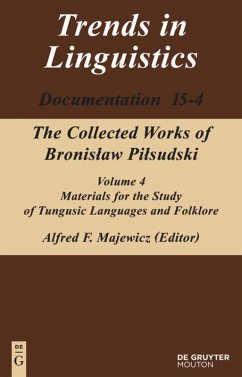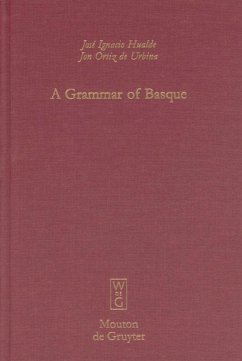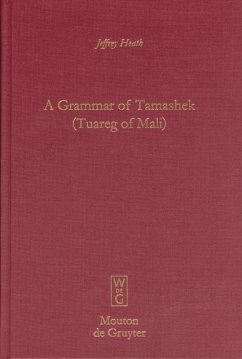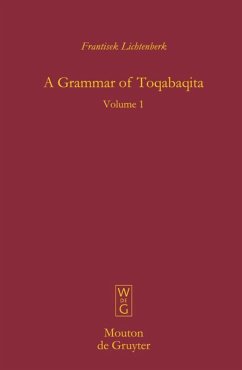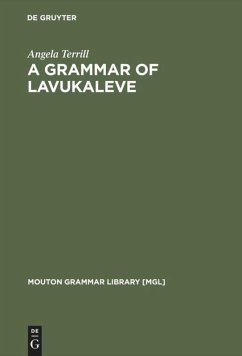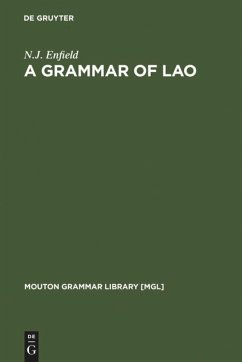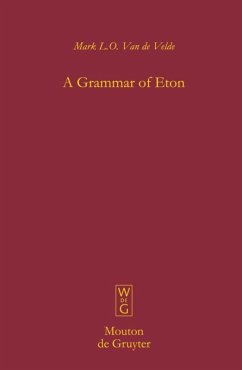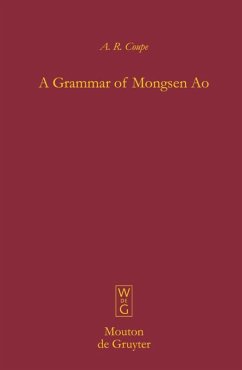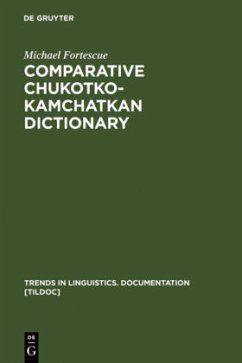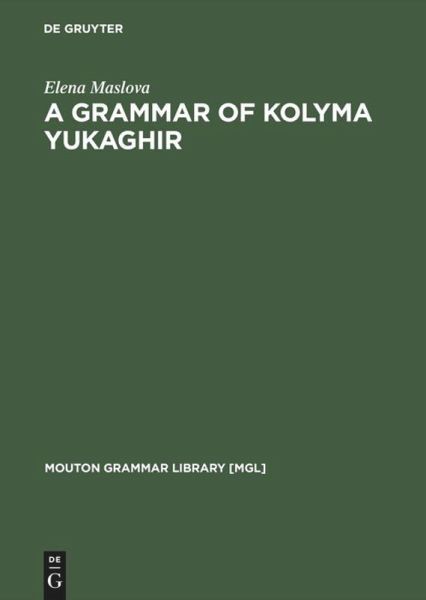
A Grammar of Kolyma Yukaghir

PAYBACK Punkte
0 °P sammeln!
Kolyma Yukaghir is a seriously endangered language spoken by about 50 people in the northeast of Asiatic Russia. It is one of the two surviving languages of the Yukaghir family, which is considered by different scholars either as an isolate left over from before the expansion of other languages and language families into Siberia, or as a distant relative of the Uralic family. In many ways, Yukaghir fits the grammatical type widespread among the languages of Siberia, namely that of predominantly verb-final dependent-marking language with relatively rich agglumative morphology and deranking stra...
Kolyma Yukaghir is a seriously endangered language spoken by about 50 people in the northeast of Asiatic Russia. It is one of the two surviving languages of the Yukaghir family, which is considered by different scholars either as an isolate left over from before the expansion of other languages and language families into Siberia, or as a distant relative of the Uralic family. In many ways, Yukaghir fits the grammatical type widespread among the languages of Siberia, namely that of predominantly verb-final dependent-marking language with relatively rich agglumative morphology and deranking strategies of clause linking. Furthermore, it has a number of typologically remarkably features, which will be of interest to general linguists irrespective of their theoretical orientation. These include Yukaghir focus-marking system, differential object marking based on global effects of person hierarchy, the obligatory use of bound possesive markers to indicate non-coreference of the possessor with the subject, elaborated switch-reference system, initimate interaction between aspect and valence-changing derivation, etc.
The book incorporates all major components of descriptive grammar, from phonology to syntax, with a special chapter on coreference and discourse coherence, annotated and translated sample texts, a Yukaghir-English vocabulary, and a subject index. The description is based on extensive field materials and richly exemplified by non-elicited data. The organization of the book facilitates its use as a reference grammar, with numerous cross-references between sections and concise summaries of interrelated phenomena discussed in various parts of the grammar.
The book is of interest to scholars of Uralic and Siberian languages, linguistic typology, and general linguistics.
The book incorporates all major components of descriptive grammar, from phonology to syntax, with a special chapter on coreference and discourse coherence, annotated and translated sample texts, a Yukaghir-English vocabulary, and a subject index. The description is based on extensive field materials and richly exemplified by non-elicited data. The organization of the book facilitates its use as a reference grammar, with numerous cross-references between sections and concise summaries of interrelated phenomena discussed in various parts of the grammar.
The book is of interest to scholars of Uralic and Siberian languages, linguistic typology, and general linguistics.





